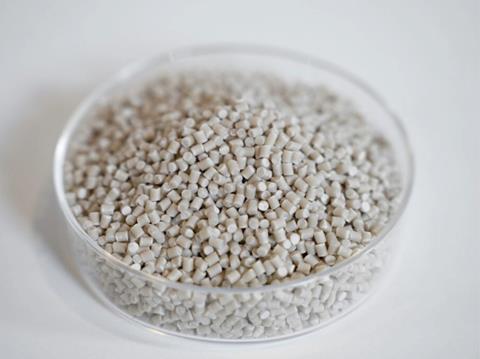
In the lead up to the Sustainability Awards next month, we spoke to finalist Pack2Earth about its biobased materials for packaging long-life dry, semi-liquid and liquid products, said to cut CO2 emissions and nominated in the Commercialized Renewable Materials category.
You’re a finalist in the Sustainability Awards 2025. Congratulations! To start off, could you summarize your entry, in less than 50 words?
Pack2Earth offers the first biobased materials which compost at ambient temperature (home compostable), yet are suitable for packaging long-life dry, semi-liquid and liquid products, including food products, as well as for making re-usable items. They’re made in the same moulds and machinery as conventional plastic, leaving no microplastics or toxins.
Why do you think the judges were impressed with your entry? Tell us about what is innovative about your project and/or about its impact on packaging sustainability.
Pack2Earth’s materials are home compostable and high barrier; two terms which don’t usually go together. This is what makes our materials unique. Their high barriers to water vapour, oxygen and grease mean that they are suitable for packaging food and other products requiring a long shelf-life, as well as for making reusable and other robust items.
In fact, for our film, we have food contact approval for over 12 months. Yet, at the end of their lifecycle, our materials compost fully, leaving behind no nano- or microplastics to enter the food chain, which is critical given that 91% of plastic is not recycled, 79% of plastic today ends up in landfill or in the countryside and we each have an average of 7g of microplastics just in our brains, which has a strong correlation with dementia and other severe health issues.
Importantly for human health and fertility, our materials contain no PFAS, endocrine disruptors or other toxins, helping our clients to meet increasingly stringent regulations on toxins in packaging materials in contact with food products. When it comes to fighting climate change, our materials have a very low CO2 footprint, typically saving 2 kg of CO2 for every 1 kg of our materials produced when compared with fossil plastics, even if they are incinerated.
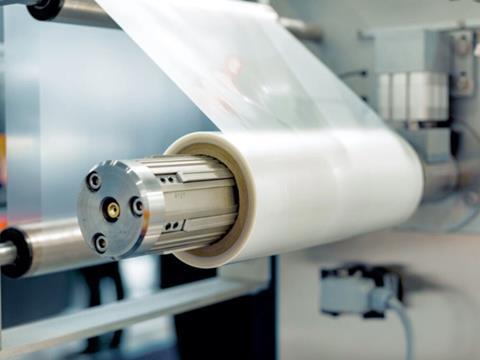
Finally, can you tell us about the ongoing development of your project, e.g. how your innovation/initiative has been received by the industry, or what the next steps are in commercialization/product development?
At Pack2Earth, we have received over 130 requests to conduct pilots with our materials. We’ve engaged in the 25 most promising, strategic pilots, and some of those pilots have already converted into longer-term paid projects. We have signed over €400k in commercial deals, as well as engaging in co-creation projects to solve specific plastic replacement challenges our clients have by formulating new grades of our materials to meet their specific needs.
In sum, there is a huge interest in our materials. We believe that this interest will intensify given the limitations placed by the 2025 PPWR on PFAS in packaging materials in contact with food products, which will make it very hard to continue using recycled fossil plastic as a sustainable alternative to virgin plastic from the summer of 2026, as most recycled fossil plastic is contaminated with PFAS and the EU has mandated that all packaging must be recyclable, recycled or compostable by 2030.
Also, consumers are increasingly alarmed by the dangers of ingesting and inhaling nano and microplastics, which is a problem avoided by using our materials, meaning that our materials add retail value to the products packaged in them.
Last but not least, we have a number of new developments in the pipeline to enable us to use our materials for thermoforming (cheaper trays and yoghurt pots), blow moulding (to make bottles) and other high-volume applications, as well as a strategic project to make the second generation of our materials from food grade agro-industrial side streams.
The winners of the Sustainability Awards 2025 will be announced at the Sustainable Packaging Summit, taking place in Utrecht on 10-12 November. The Summit mobilizes leaders of the FMCG value chain, policymakers, NGOs, recyclers and investors to collaborate, remove barriers and identify opportunities on the road to sustainable transformation.
To learn more or register, visit: https://www.packagingsummit.earth/2025
If you liked this story, you might also enjoy:
The ultimate guide to the Packaging and Packaging Waste Regulation in 2025
How are the top brands progressing on packaging sustainability?
Everything you need to know about global packaging sustainability regulation in 2025
The key to increasing the use of reusable packaging in supermarkets

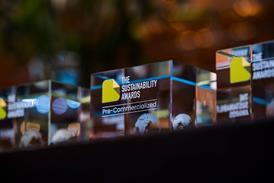
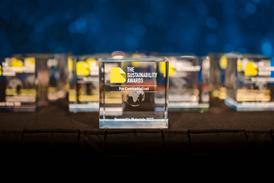
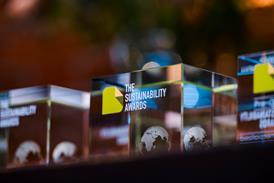
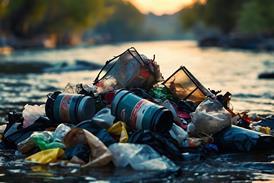
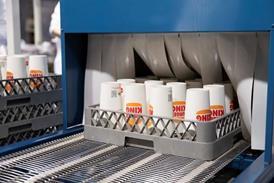












No comments yet